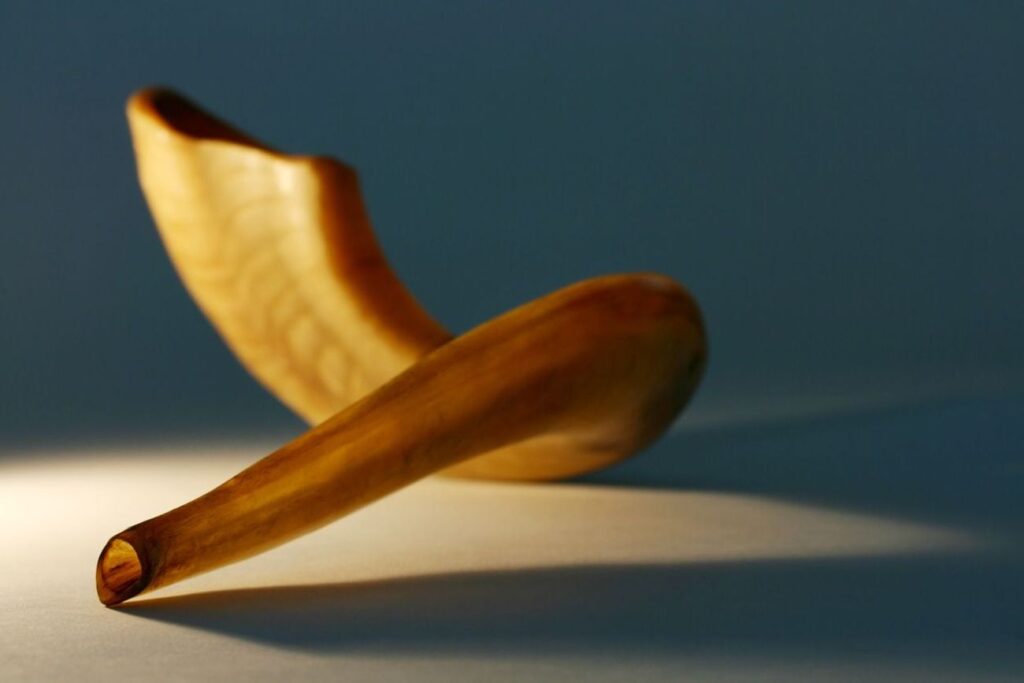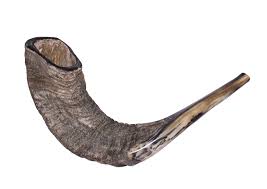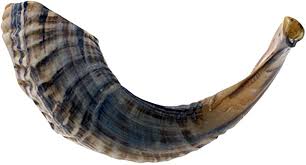
Rosh Hashanah
Jewish New Year
Below is a short description of this holiday and its meaning, together with some of the special traditions and foods related to this holiday.
Rosh Hashanah (actually means “Head of the Year”), the Jewish New Year, will begin with sundown of this coming Friday and will last for 2 days, Saturday and Sunday.
This holiday marks the anniversary of the creation of the world according to Jewish tradition, and a day of judgment and coronation of God as king.
It is a day of prayer, a time to ask the Almighty to grant us a year of peace, prosperity and blessing. But it is also a joyous day when we proclaim God King of the Universe.
Together with Yom Kippur (which follows 10 days later), it is part of the Yamim Nora’im (Days of Awe, or High Holidays). The season of the High Holidays is a time for an epic journey for the soul, and Rosh Hashanah is where it all begins.
The Shofar (Ram’s horn)
The central observance of Rosh Hashanah is blowing the shofar on both mornings of the holiday, which is normally done in synagogue as part of the day’s services but may be done elsewhere for those who cannot attend.
The blowing of the shofar represents the trumpet blast that is sounded at a king’s coronation. Its plaintive cry also serves as a call to repentance. The shofar itself recalls the Binding of Isaac, an event that occurred on Rosh Hashanah in which a ram took Isaac’s place as an offering to God.
Greetings
On the first night of Rosh Hashanah, we wish each other “Leshanah tovah tikatev vetichatem” (for a male) or “Leshanah tovah tikatevee vetichatemee” (for a female) – (“May you be inscribed and sealed for a good year”), or we simply say “Shana Tova” which means “Happy New Year”
Food
Our actions on Rosh Hashanah have a tremendous impact on the rest of the year, so Rosh Hashanah feasts traditionally include round Challah bread (studded with raisins) and apples dipped in honey, as well as other foods like pomegranates that symbolize our wishes for a sweet year. Here are some of the typical foods we eat in Rosh Hashanah:
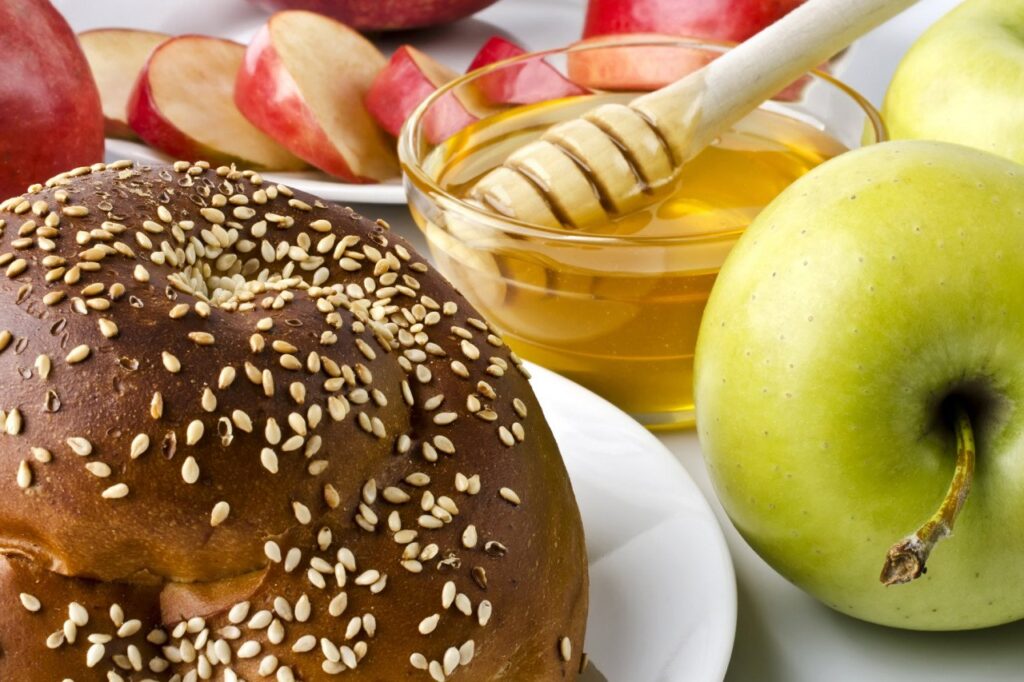
Challah Bread 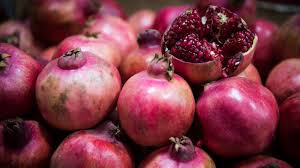
Pomegranates 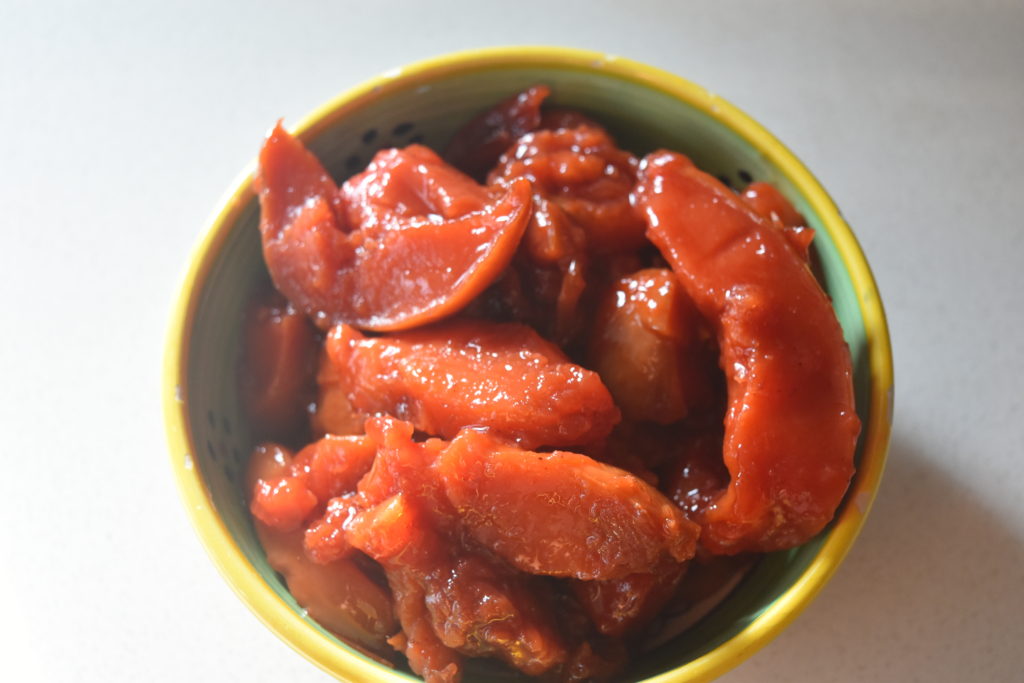
Quince Jam 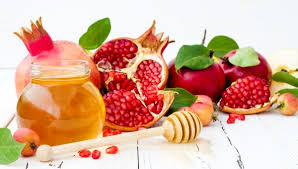
Rosh Hashanah Symbols 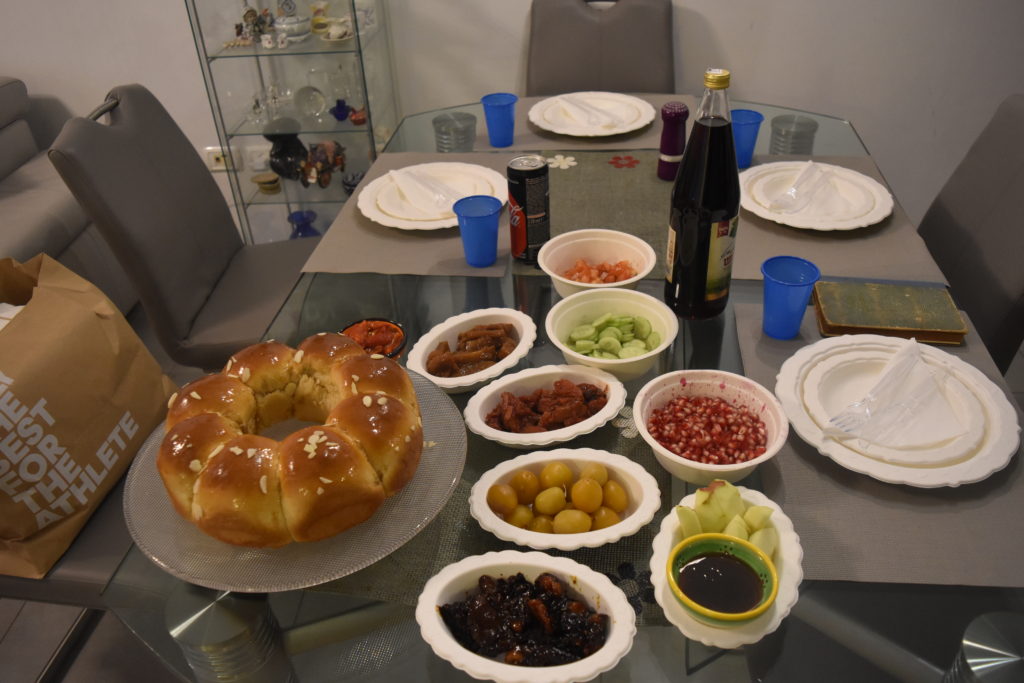
Some of the food served
Bread (Challah loaves)
The bread (traditionally baked into round Challah loaves, and often sprinkled with raisins) is dipped into honey instead of salt, expressing our wish for a sweet year. We do this on Rosh Hashanah, Shabbat Shuvah (the Shabbat before Yom Kippur), in the pre-Yom Kippur meal and during Sukkot.
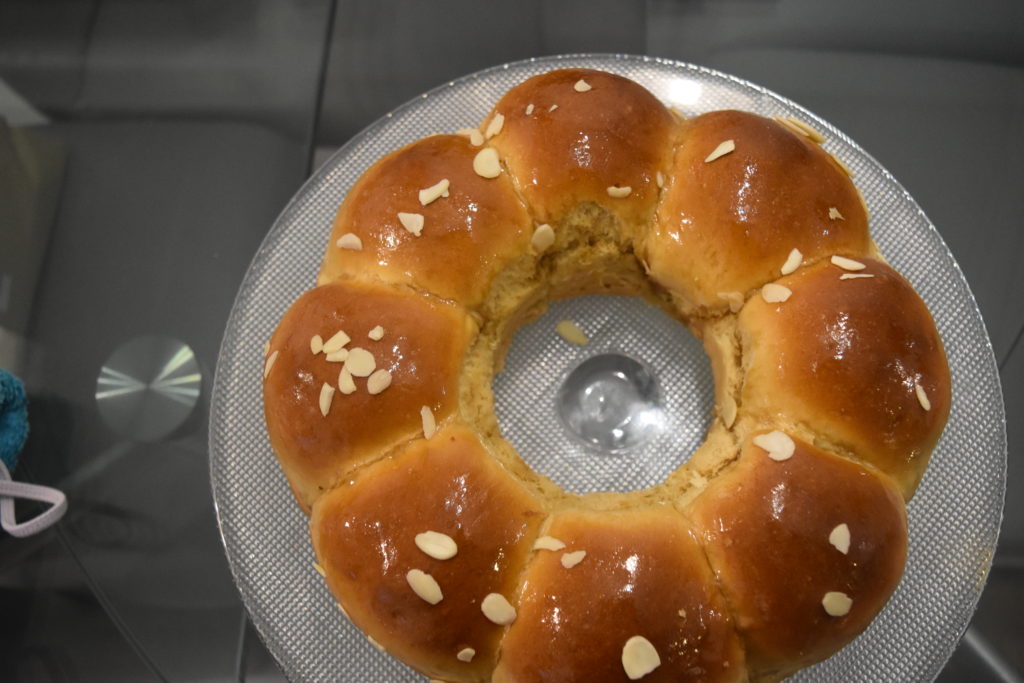
Round honey Chalah 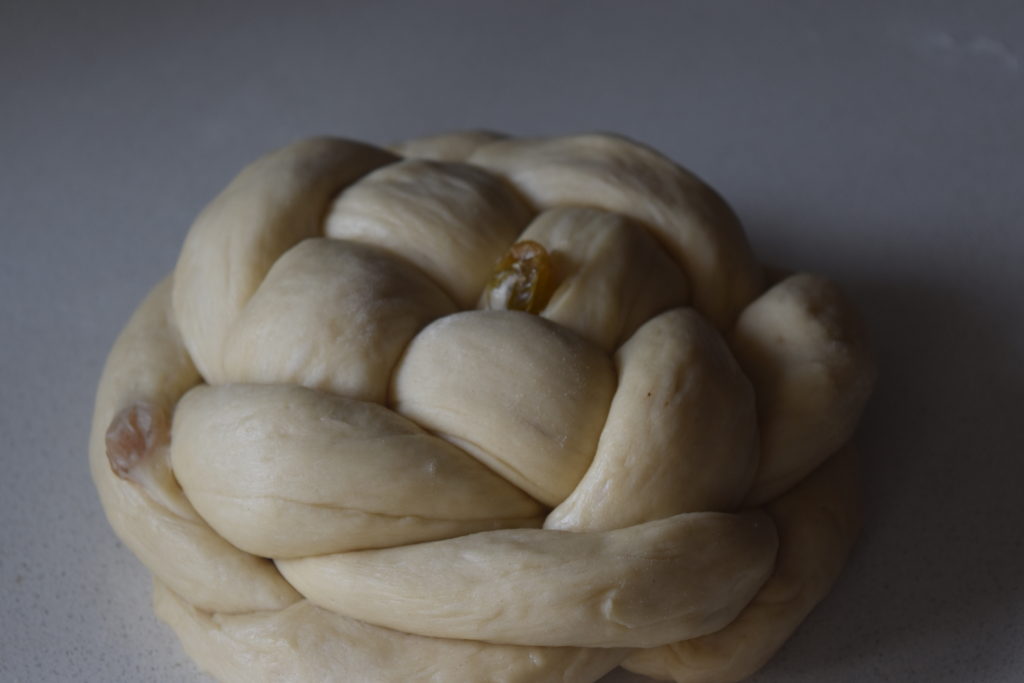
Before baking 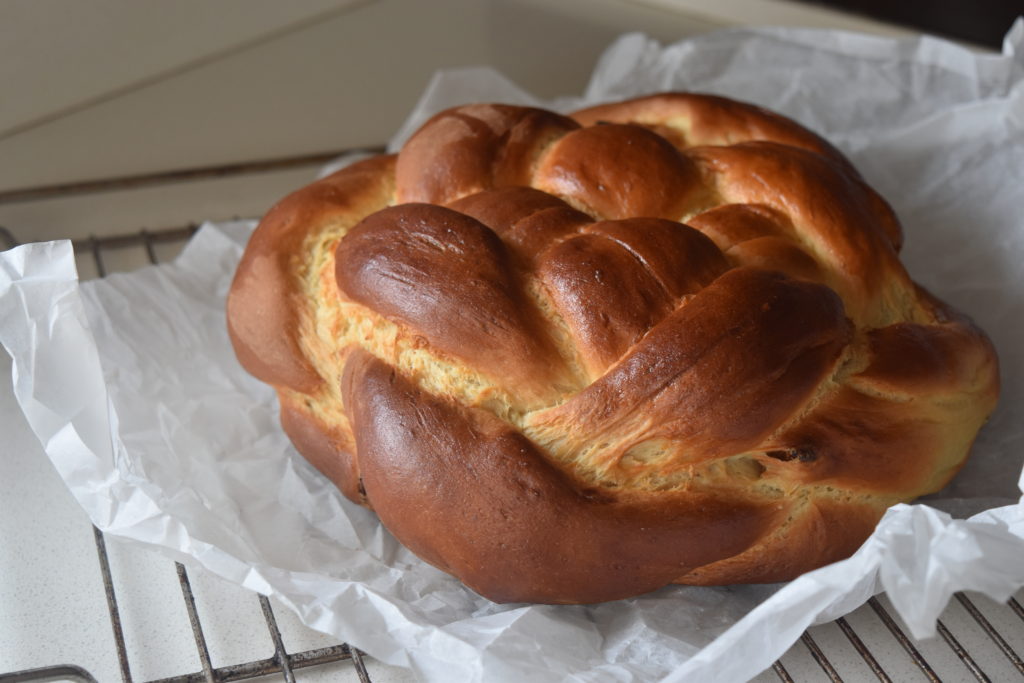
Sweet Chalah with Raisins 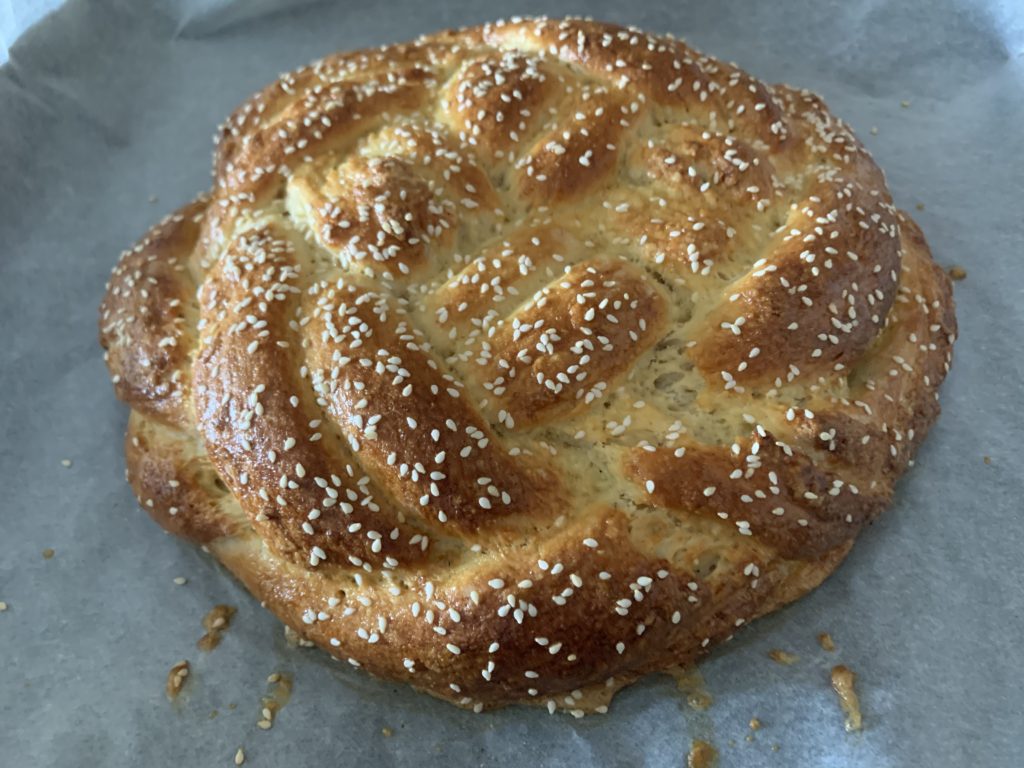
Festive Challah Breah
Below, is a short video on how to shape the Challah bread in the photo above, but you can actually shape it anyway you want, this is a more festive look for this bread
Apple dipped in honey
Furthering the sweet theme, it is traditional to begin the meal on the first night with slices of apple dipped in honey. Before eating the apple, we make a blessing and then say, “May it be Your will to renew for us a good and sweet year.”
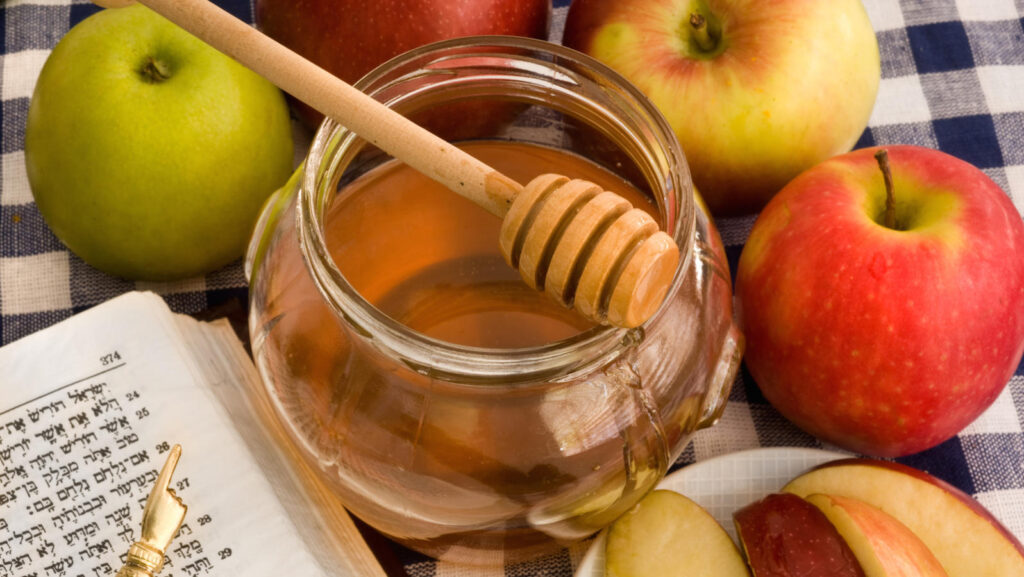
honey , green and red apples for Rosh Hashana â jewish new year 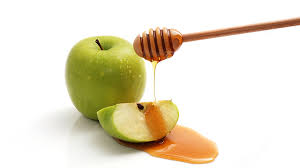
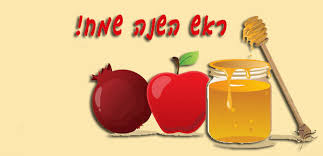
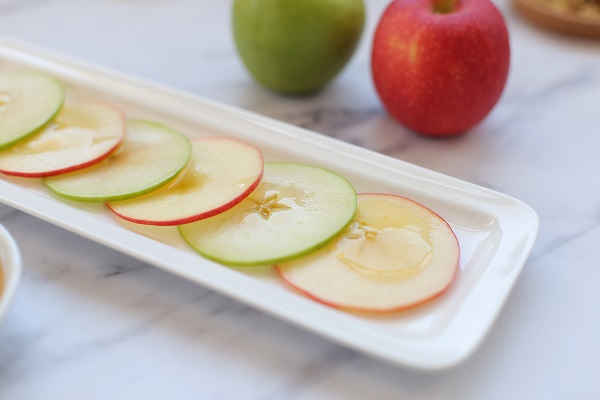
Pomegranates
The food we eat during this feast is traditional food, symbolizing a wish for the coming year. This is why we eat pomegranates, giving voice to a wish that “our merits be many like the [seeds of the] pomegranate.”
Pomegranates have 613 seeds (count them if you don’t believe), just like the 613 commandments (do and don’t do) in the Jewish Torah, so what can be more symbolic than this?
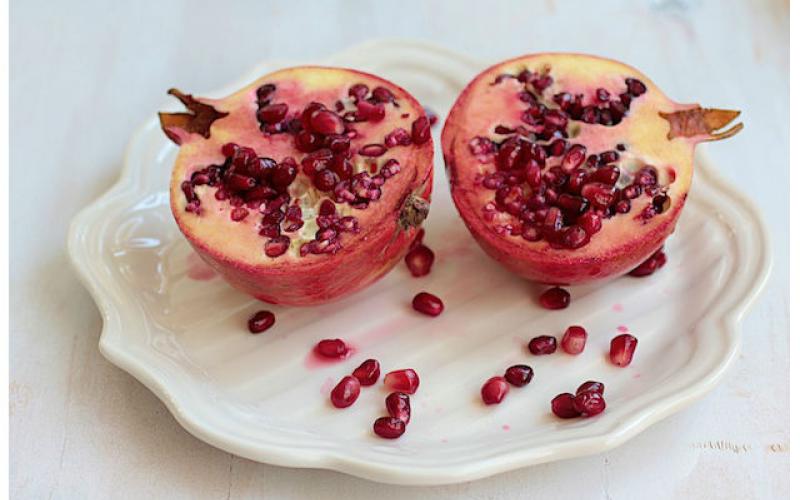
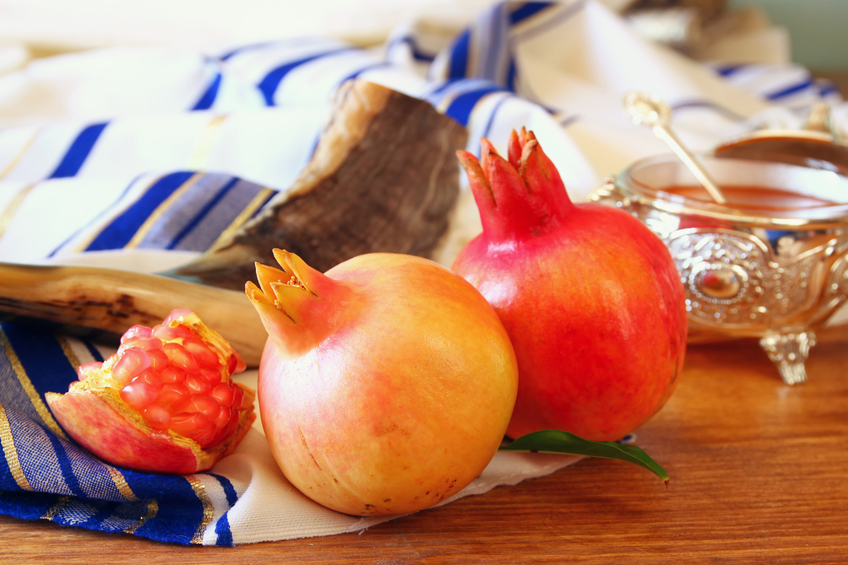
Rosh hashanah (jewesh New Year holiday) concept – shofar and pomegranates over wooden table. Traditional symbols. 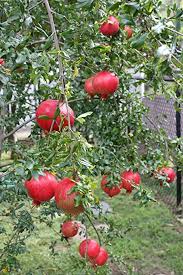
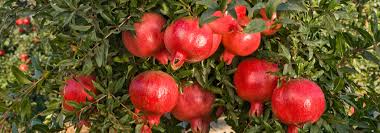
Tanzia – Caramelized dried fruits
This is a very well known Moroccan dish, usually served on feasts because it looks beautiful. It is served in Rosh Hashanah meal since it is sweet, made of dried fruits, with lots of nuts and honey.
Goes very well as a side dish with rice, perfect with Cuscus and very tasty and festive when it is cooked with meat, beef or lam, whatever you prefer
It is a slow cooking dish, so make some time, have your dry fruits and nuts ready and enjoy !
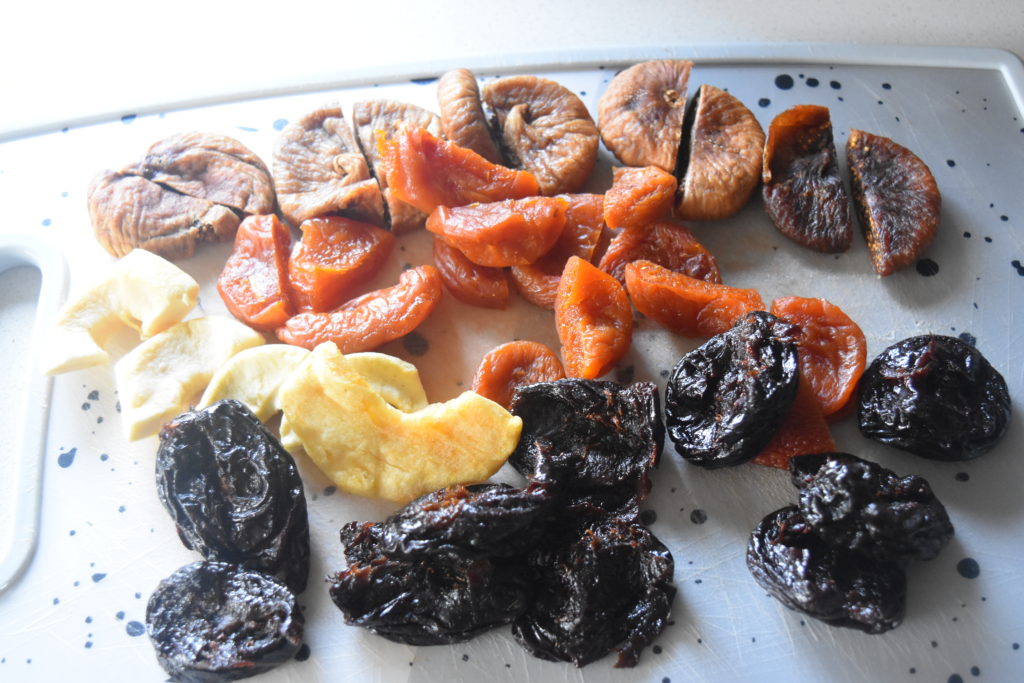
Any kind of dry fruits you like 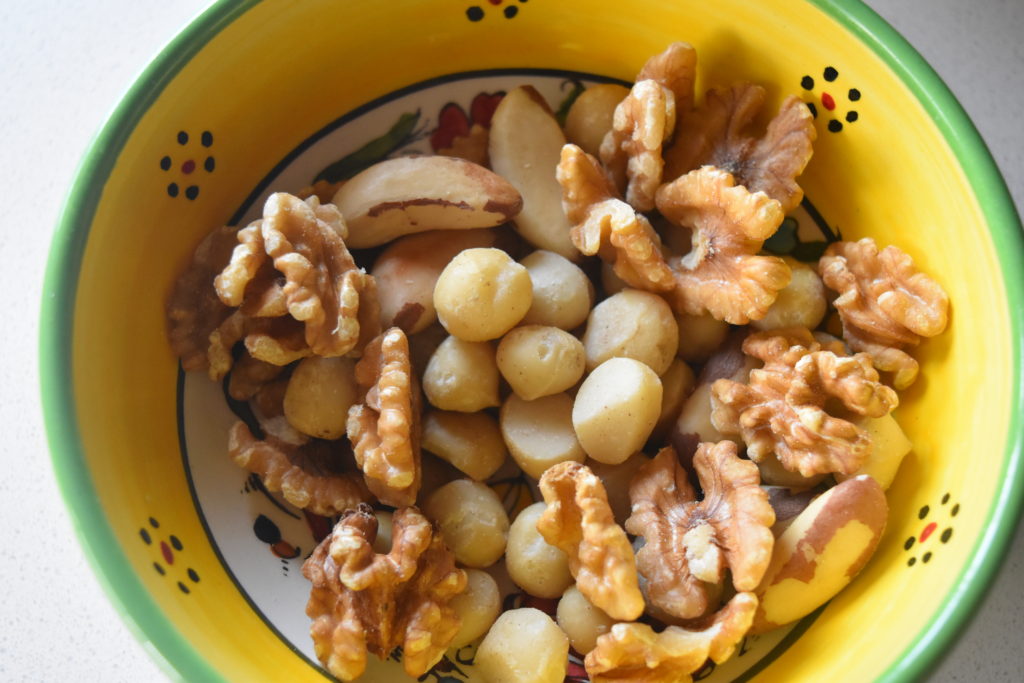
Any kind of nuts you like, roasted or un roasted 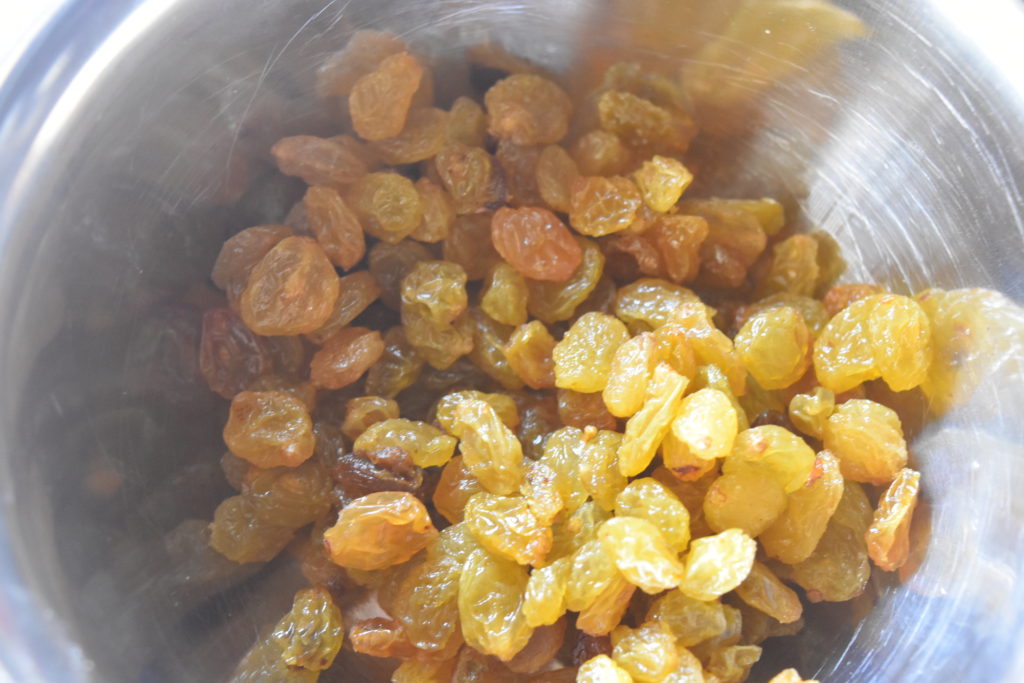
Raisins (white or dark) 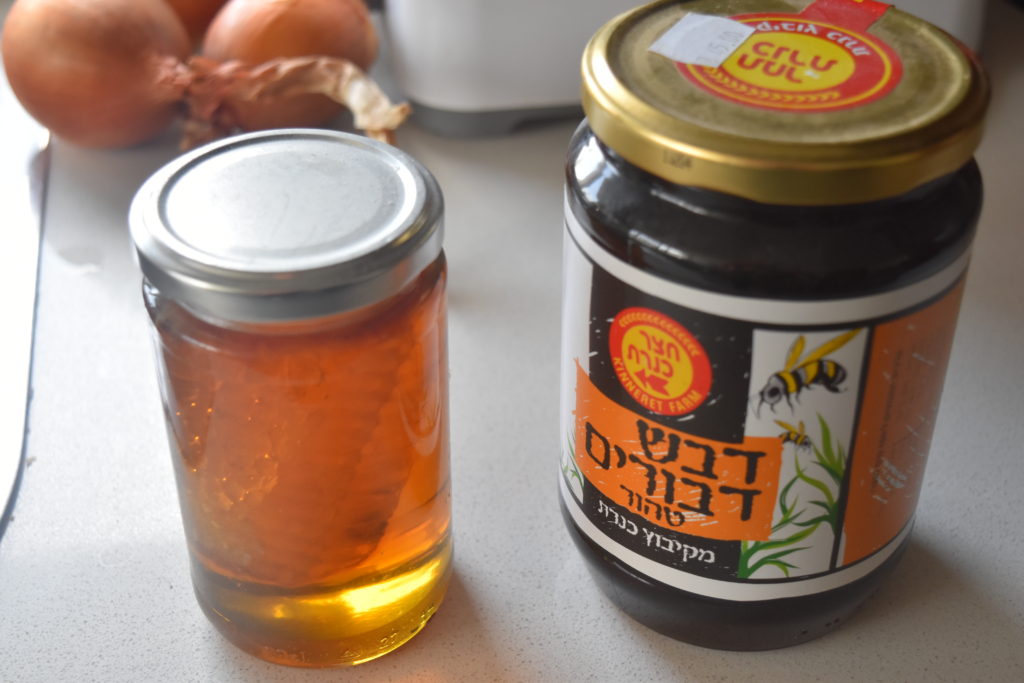
Honey and/or date syrup 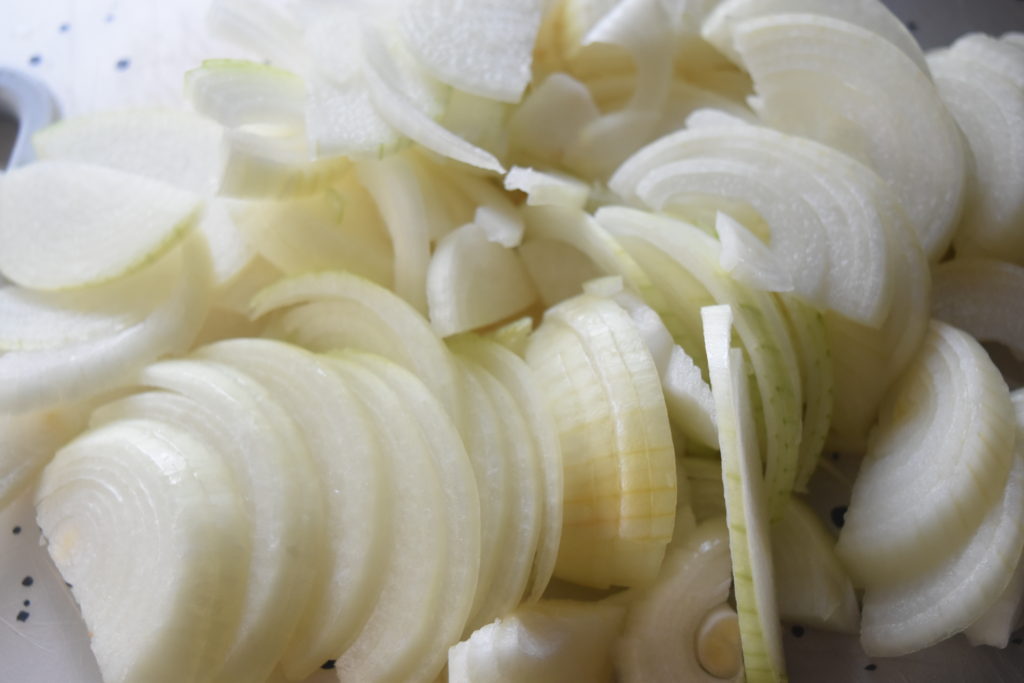
Sliced onions 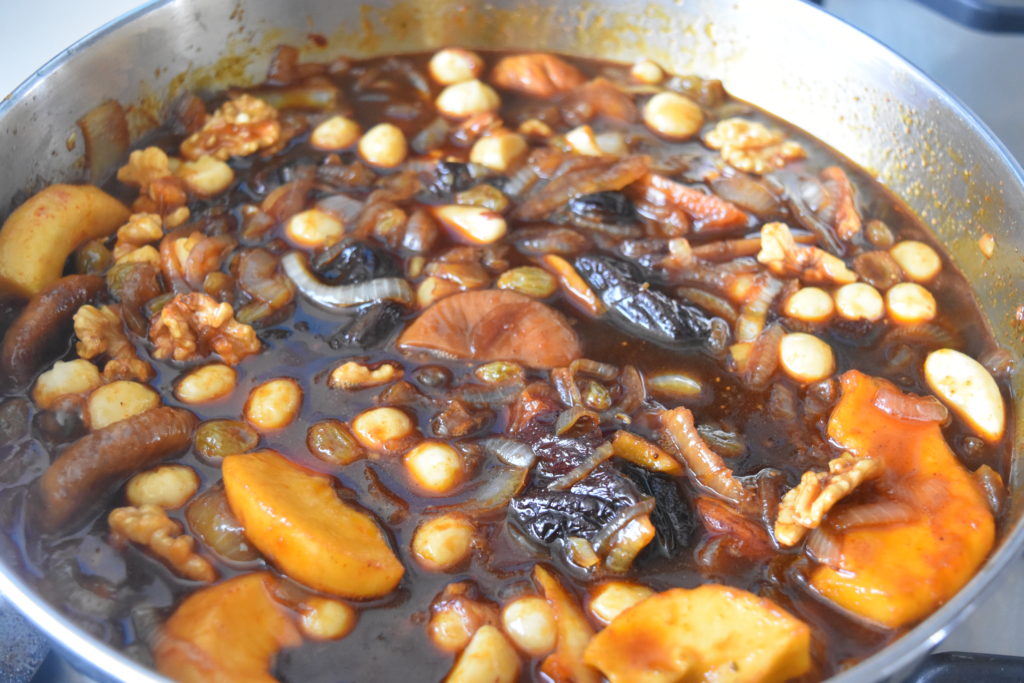
Begins cooking 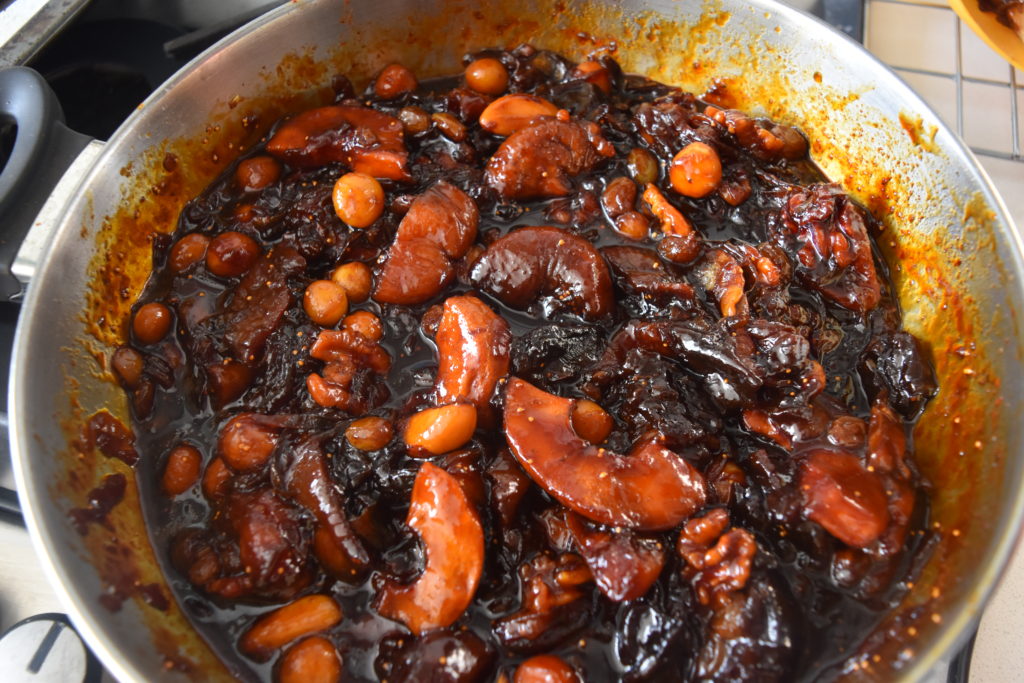
Almost ready 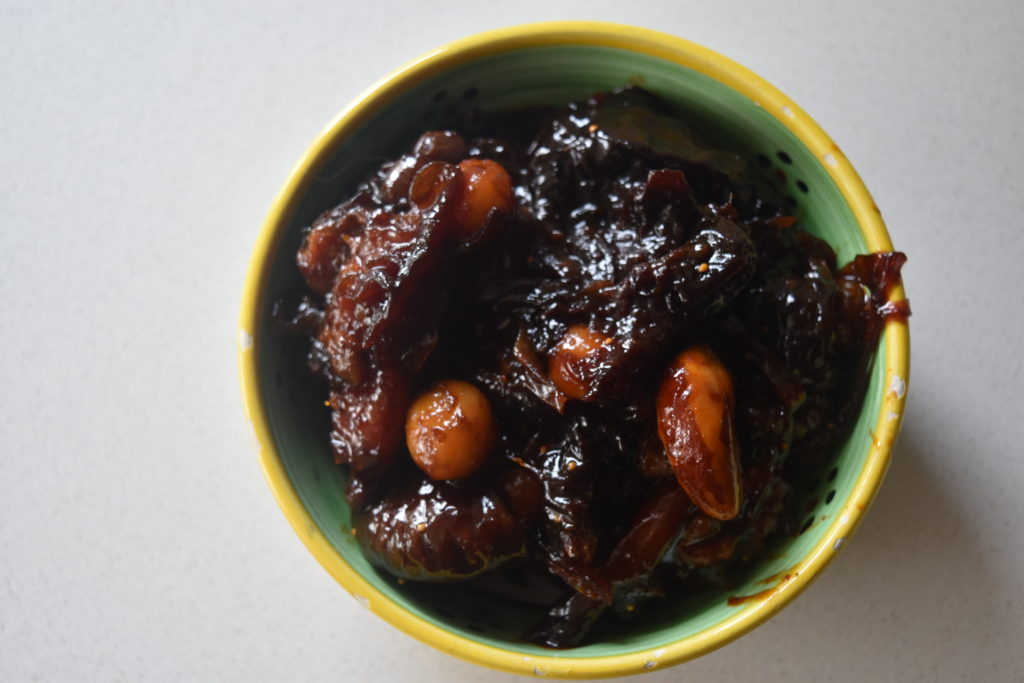
Yummy
Quince Jam
Not too many people know this fruit, even in Israel, it is most common among Jews from Morocco and from Iran and since the first fruits appear around Rosh Hashanah, some people make jam out of this fruit, sweet jam with cinnamon, which is symbolic for a good sweet year
For me, this jam is a taste of childhood, a taste of home, we always had that for Rosh Hashanah meal and so I want to include a recipe for a jam made out of this fruit
It’s going to be a hard work, but it is so worth it – Enjoy !
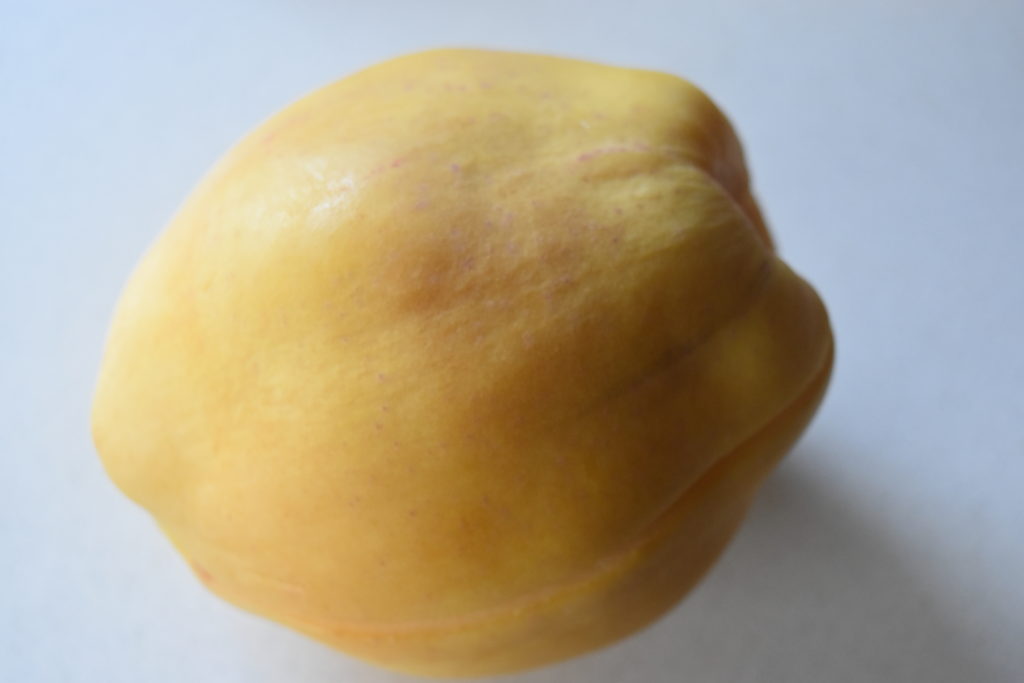
Raw Quince 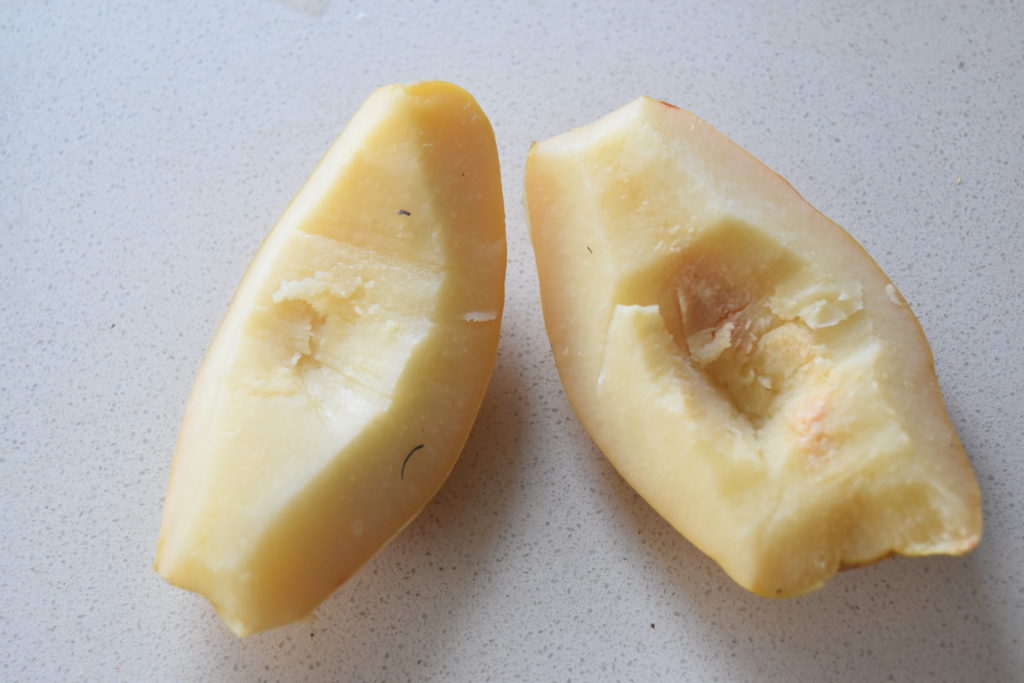
Cut into quarters 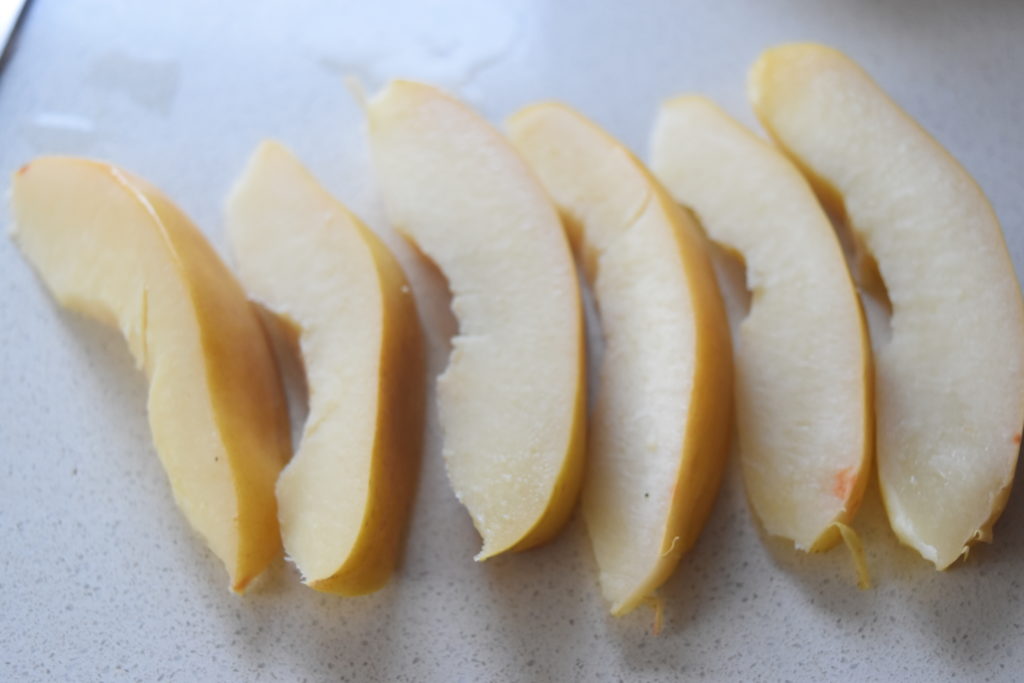
Sliced for cooking 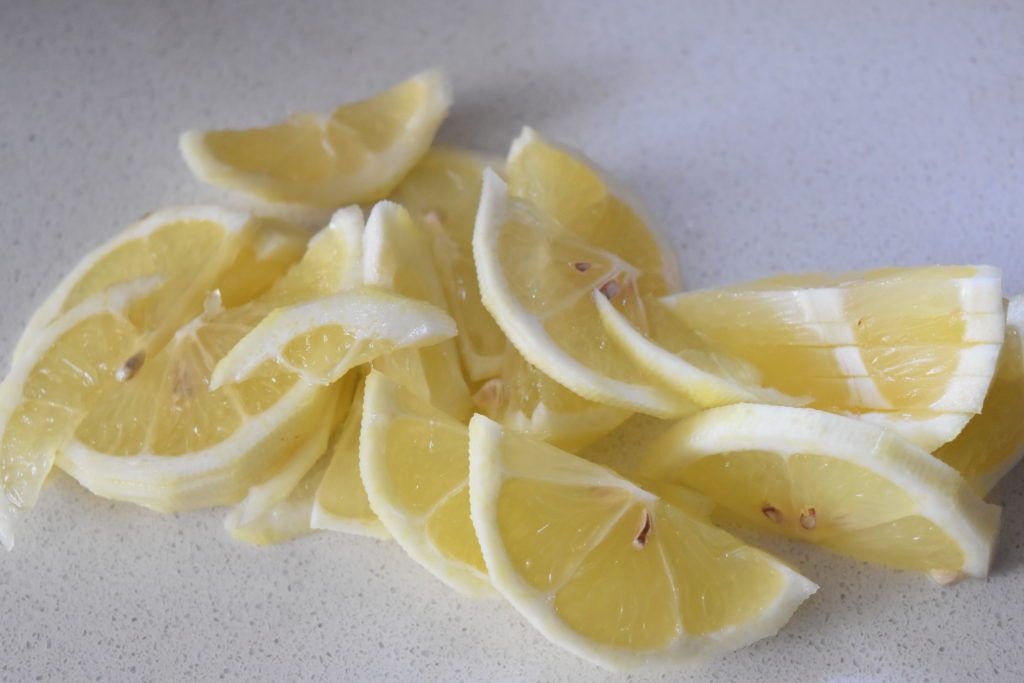
Slices of Lemon 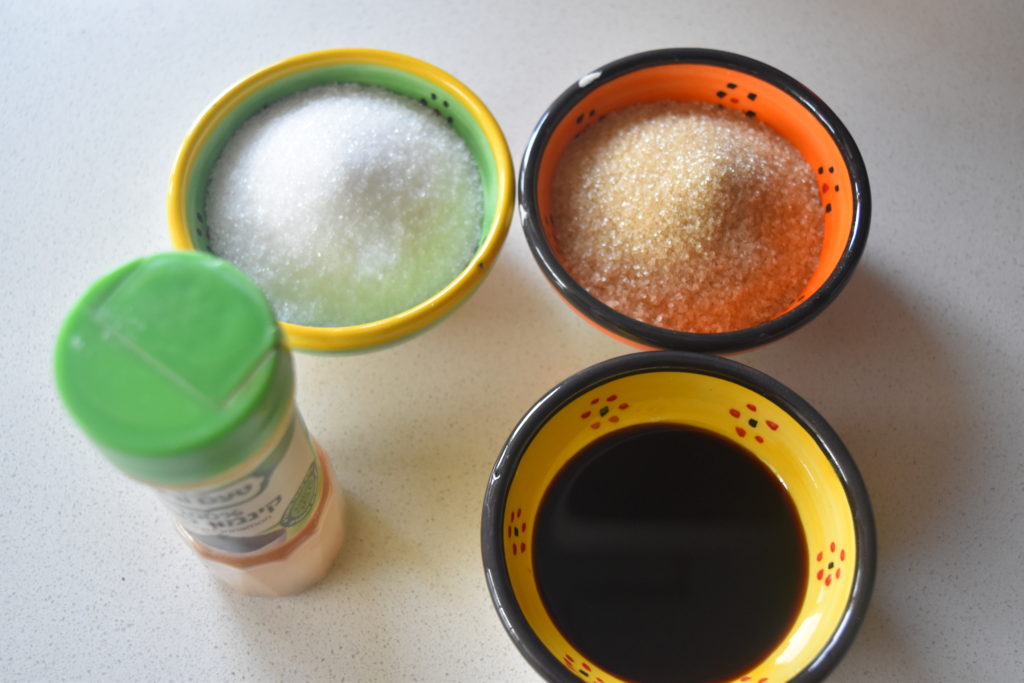
Sugar (brown and white),
date honey and cinnamon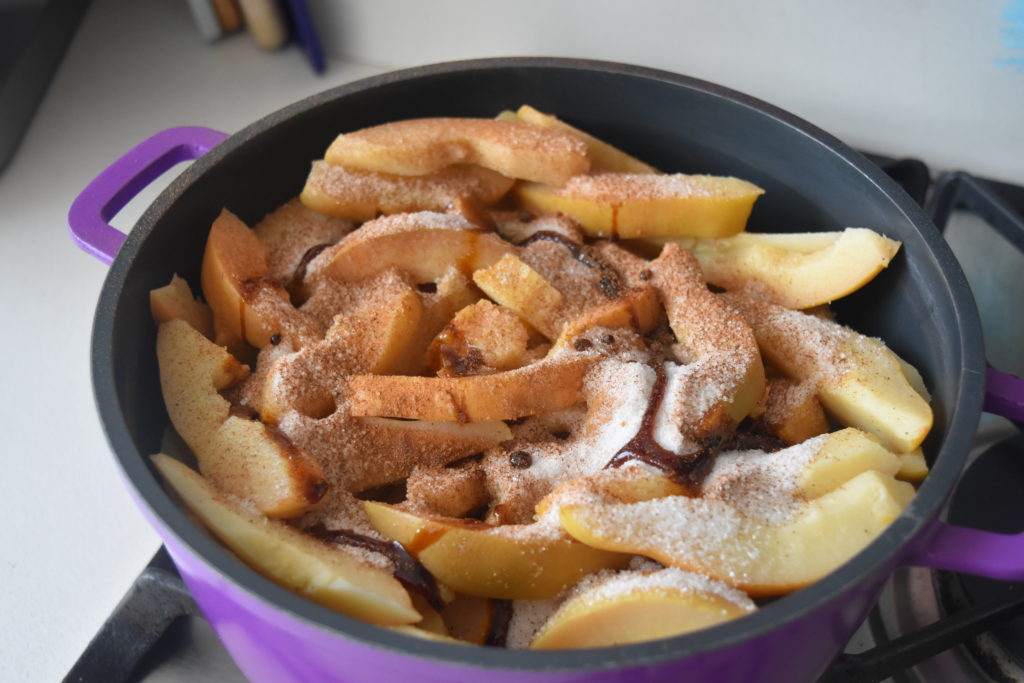
Ready for cooking 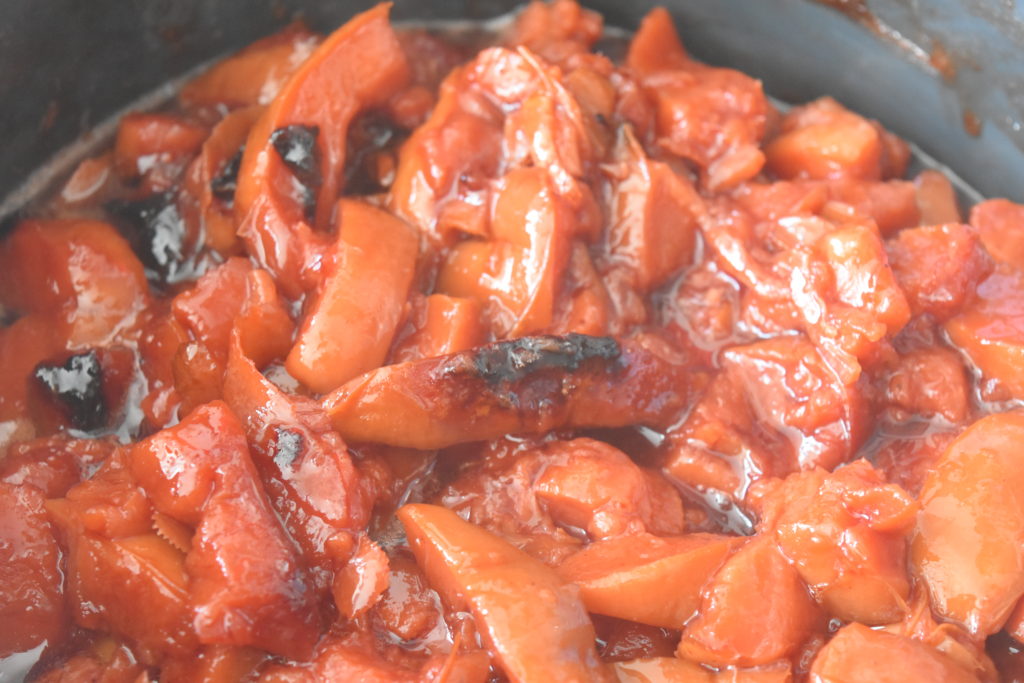
While cooking 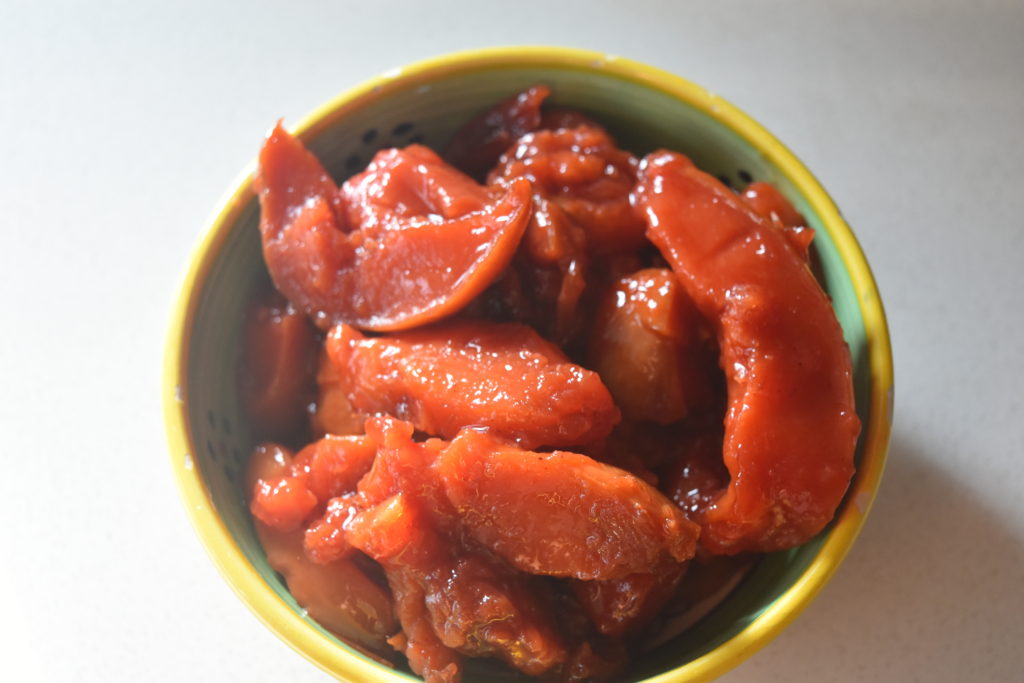
Final result
Yummy Quince Jam

